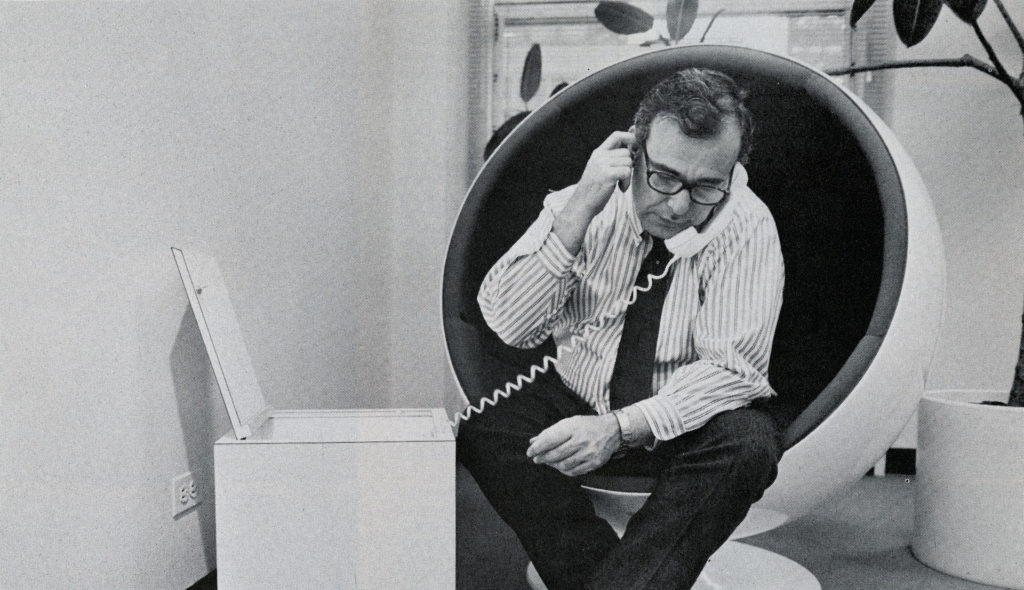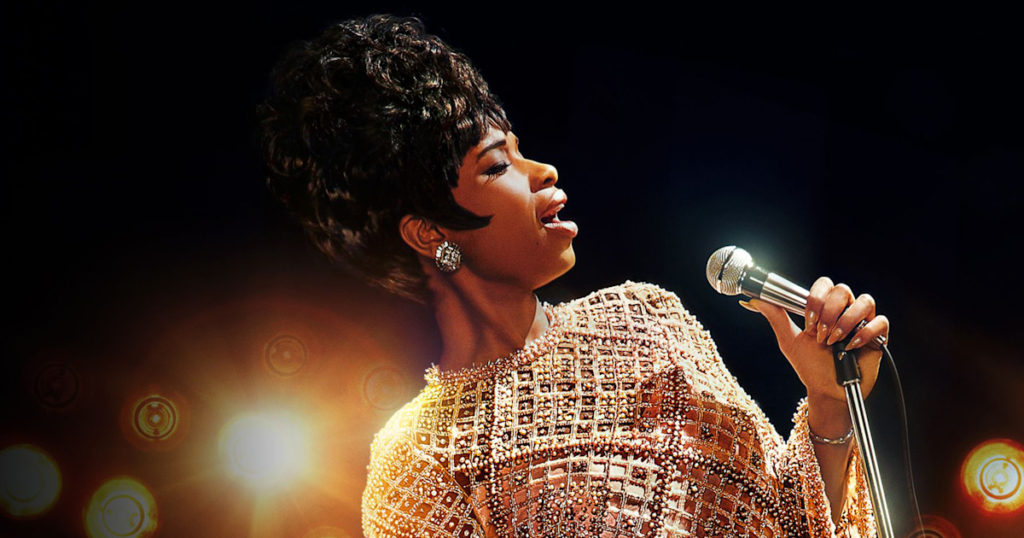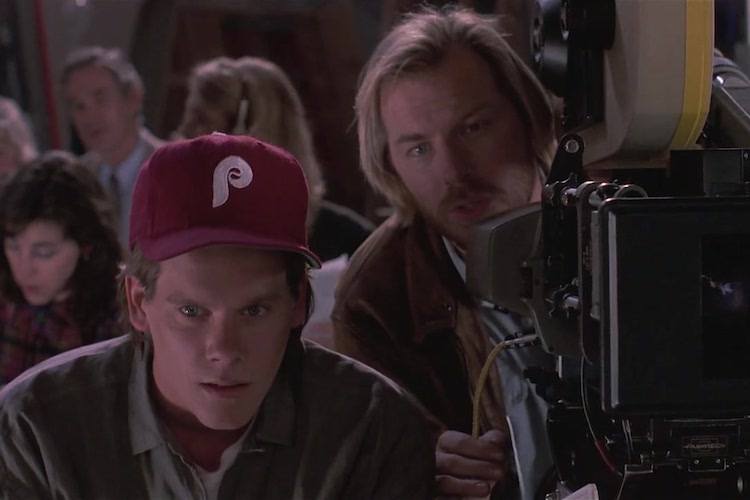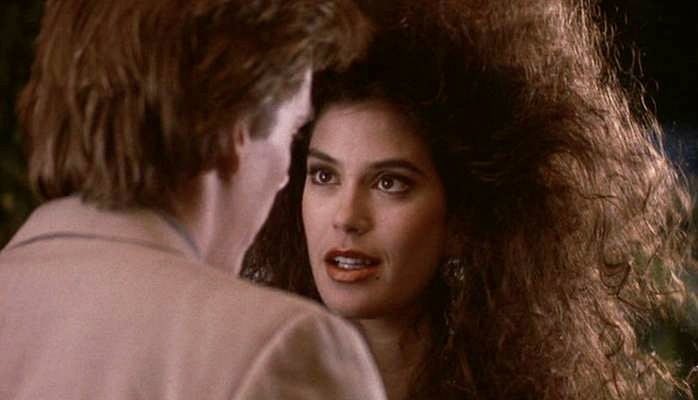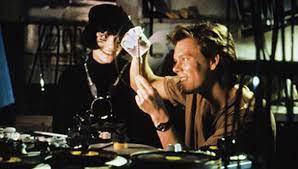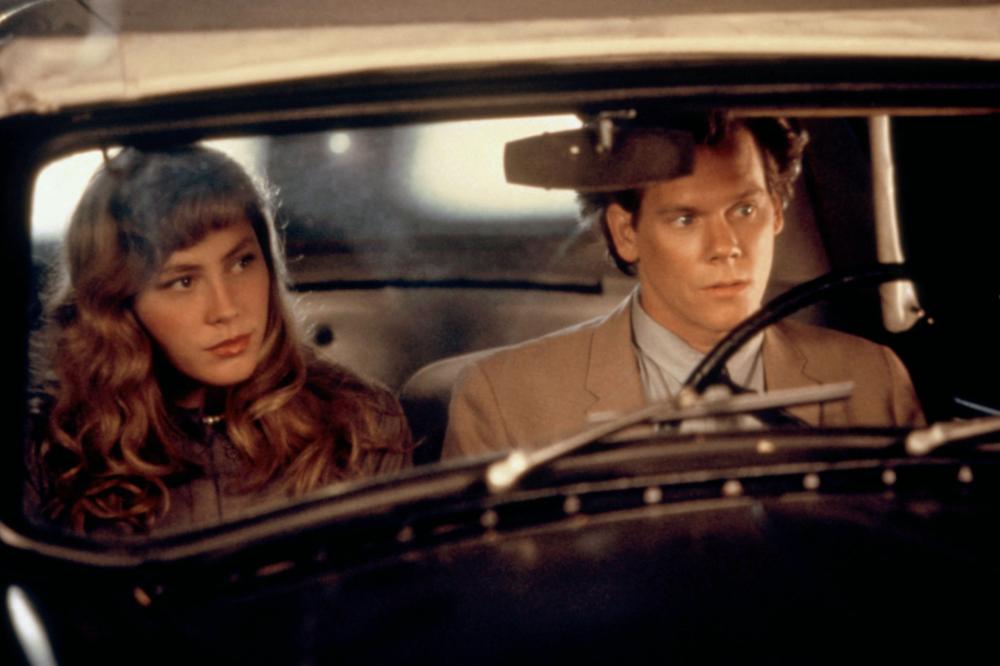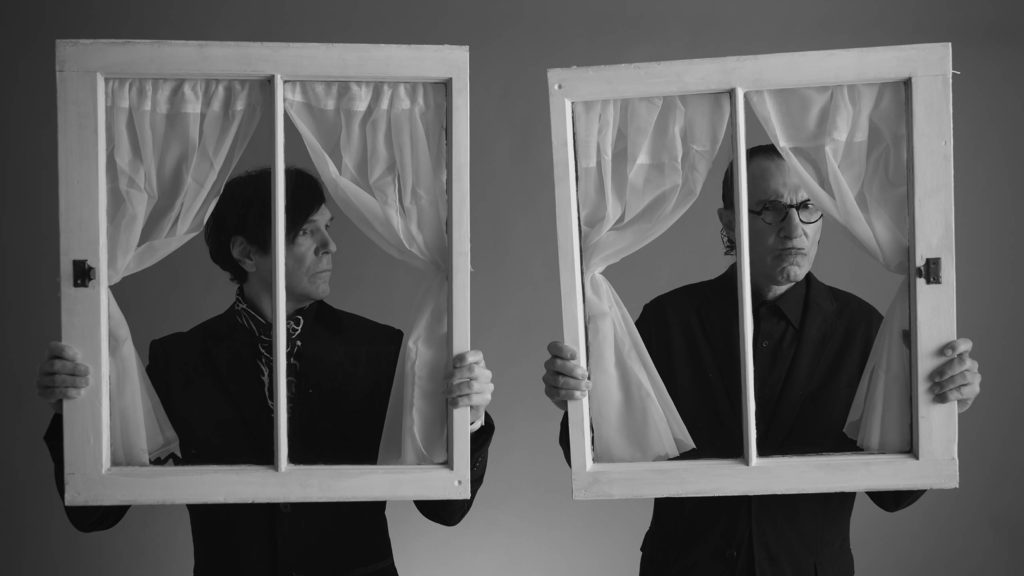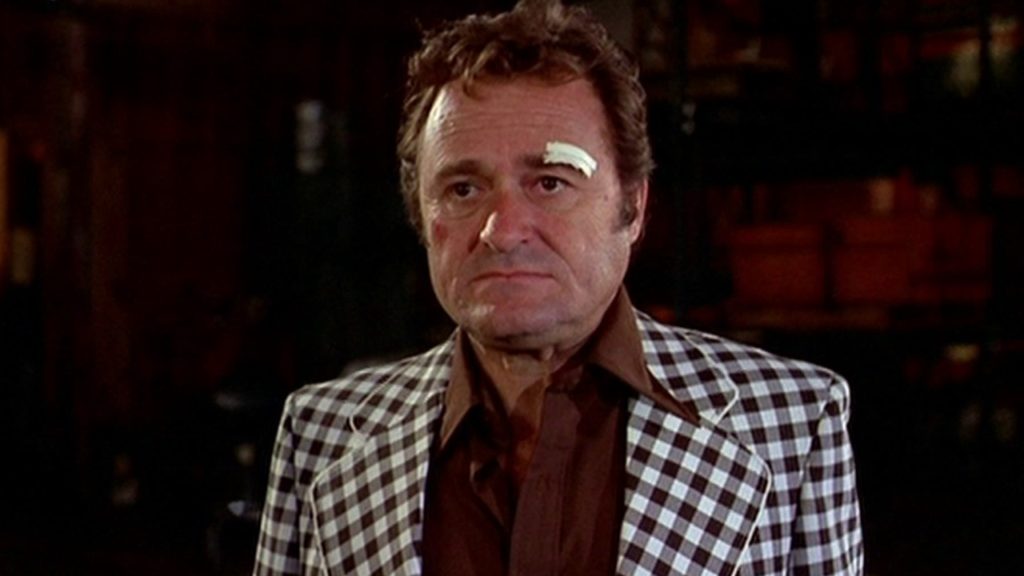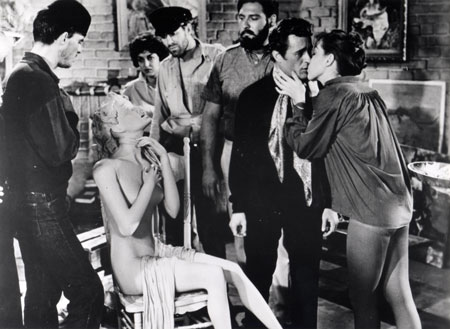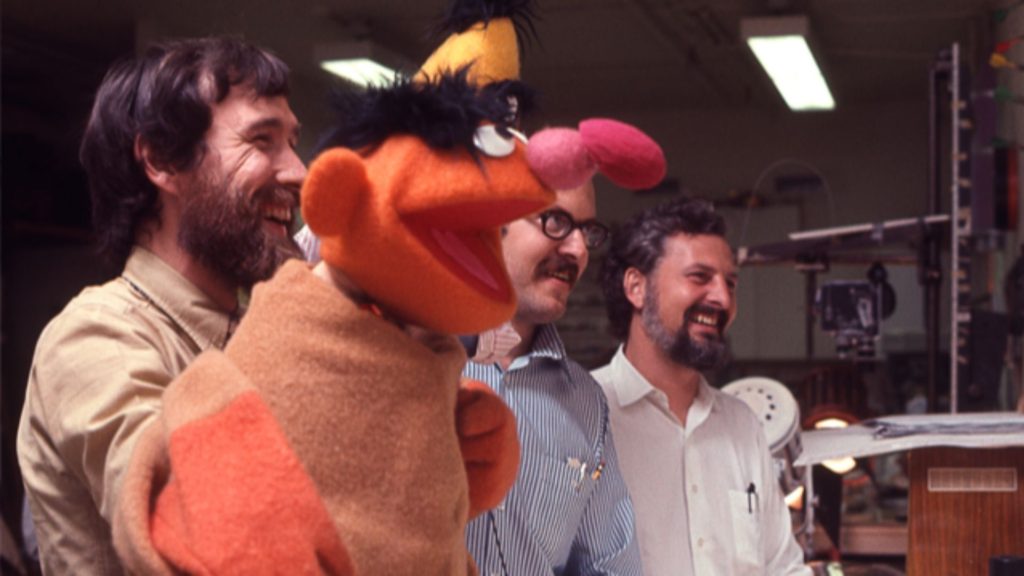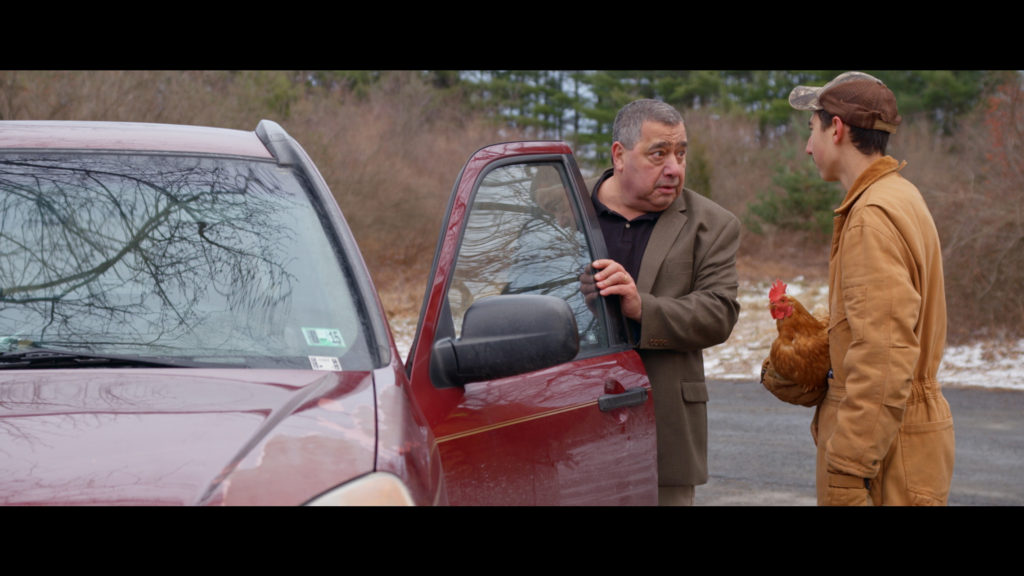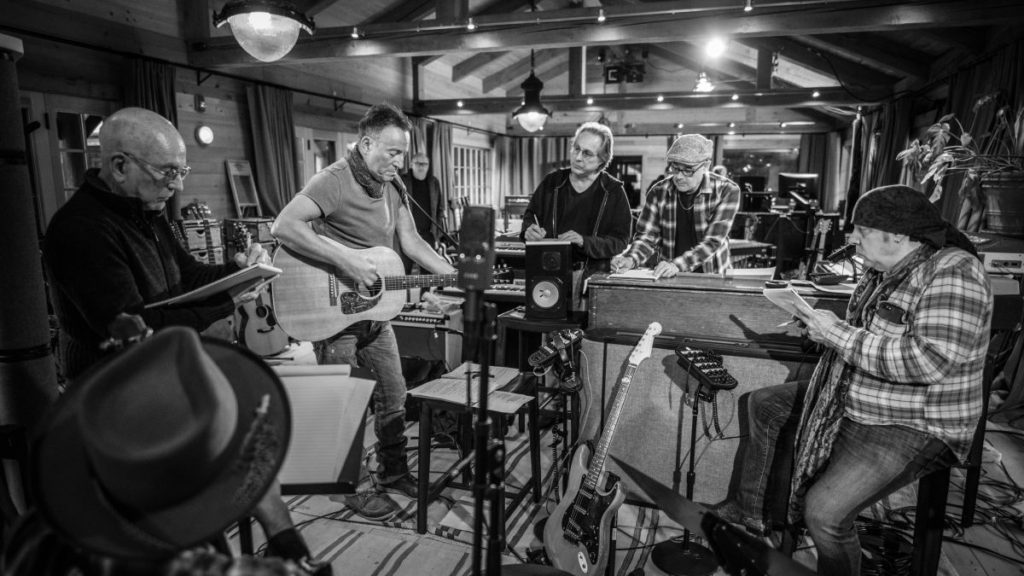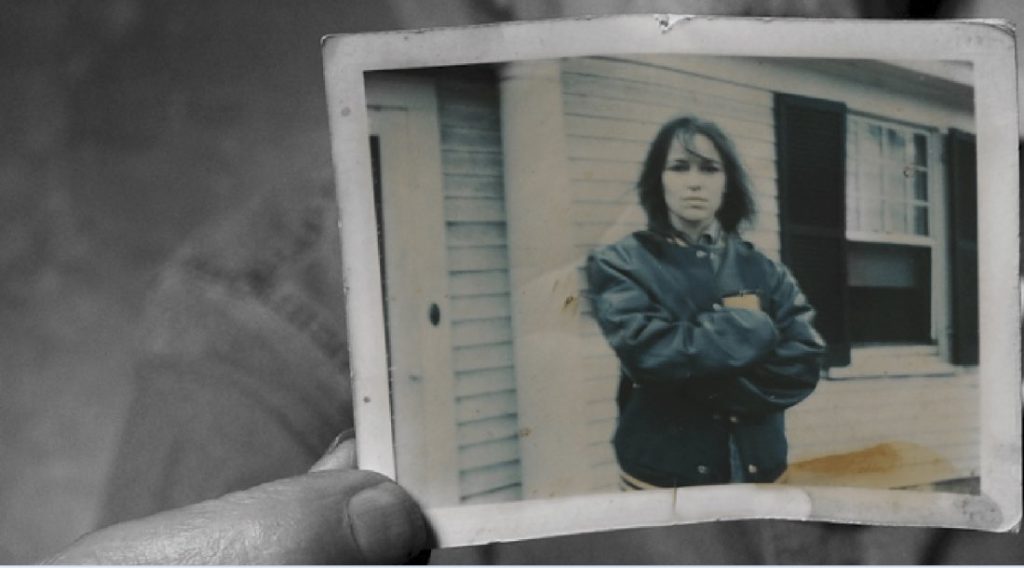
The lyrical documentary Without Getting Killed or Caught is centered on the life of seminal singer-songwriter Guy Clark, a poetic giant of Americana and folk music. That would be enough grist for a fine doc, but Without Getting Killed or Caught also focuses on Clark’s wife, Susanna Clark, a talented painter (album covers for Willie Nelson and Emmylou Harris) and songwriter herself (#1 hit I’ll Be Your San Antone Rose). What’s more, Guy’s best friend, the troubled songwriter Townes Van Zandt, and Susanna revered each other. Van Zandt periodically lived with the Clarks – that’s a lot of creativity in that house – and a lots of strong feelings.
Susanna Clark said it thus, “one is my soul and the other is my heart.”
The three held a salon in their Nashville home, and mentored the likes of Rodney Crowell and Steve Earle. You can the flavor of the salon in the 1976 documentary Heartworn Highways (AppleTV, Vudu and YouTube). It features Townes Van Zandt’s rendition of his Waitin’ Round to Die. (Susanna was also a muse for Rodney Crowell, who, after her death, wrote the angry song Life Without Susanna.)
Documentarians Tamara Saviano and Paul Whitfield, have unearthed a great story, primarily sourced by Susanna’s diaries; Sissy Spacek voices Susanna’s words. These were artsy folks so there are plenty of exquisite photos of the subjects, too. It all adds up to a beautiful film, spinning the story of these storytellers.
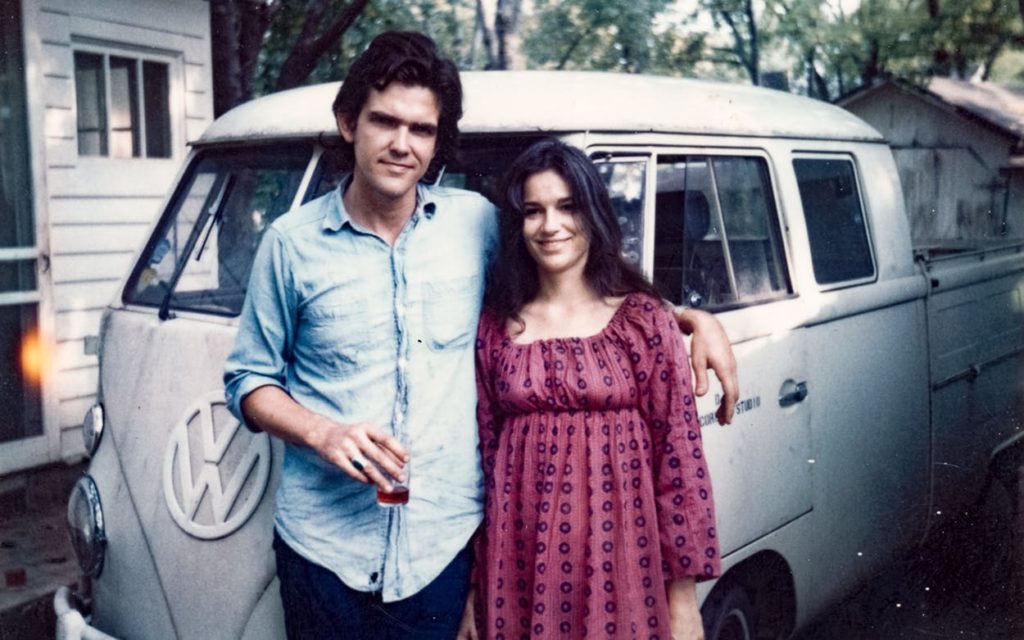
I loved this movie, but I’m having trouble projecting its appeal to a general audience, because I am so emotionally engaged with the subject material. I’m guessing that the unusual web of relationships and the exploration of the creative process is universal enough for any audience, even if you’re not a fanboy like me.
The title comes from Guy’s song LA Freeway, a hit for Jerry Jeff Walker:
I can just get off of this L.A. freeway
Without gettin’ killed or caught
There is plenty for us Guy Clarkophiles:
- the back story for Desperados Waiting for a Train;
- the identity of LA Freeway’s Skinny Dennis;
- Guy’s final return from touring, with the declaration “let’s recap”.
There’s also the story of Guy’s ashes; the final resolution is not explicit in the movie but you can figure it out; here’s the story.
Without Getting Killed or Caught is in very limited theatrical run; I saw at the Balboa in its last Bay Area screening.

